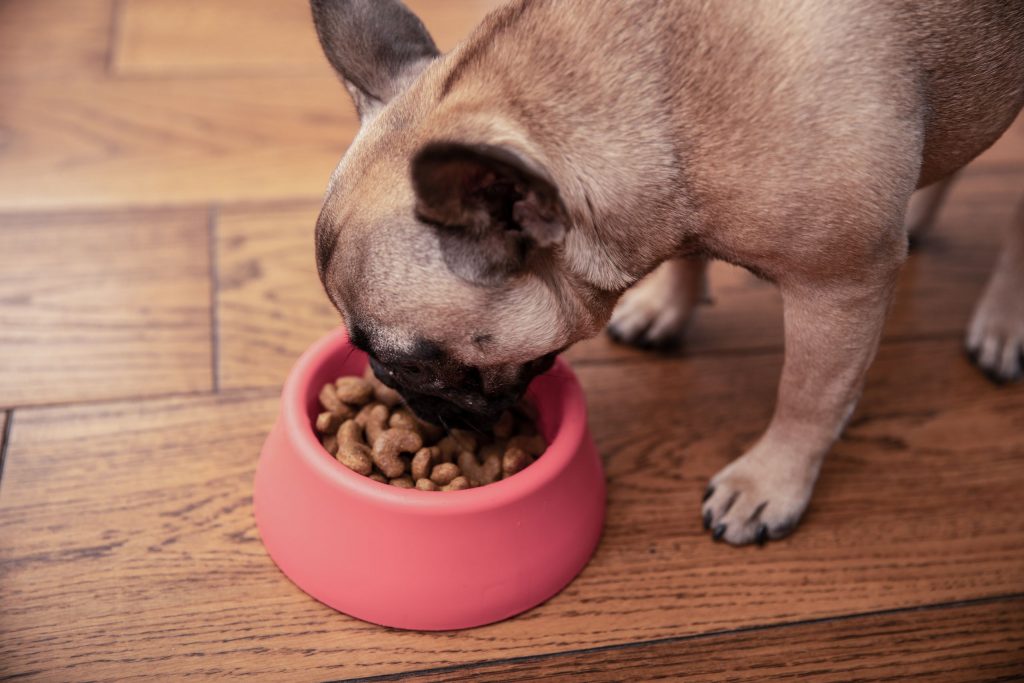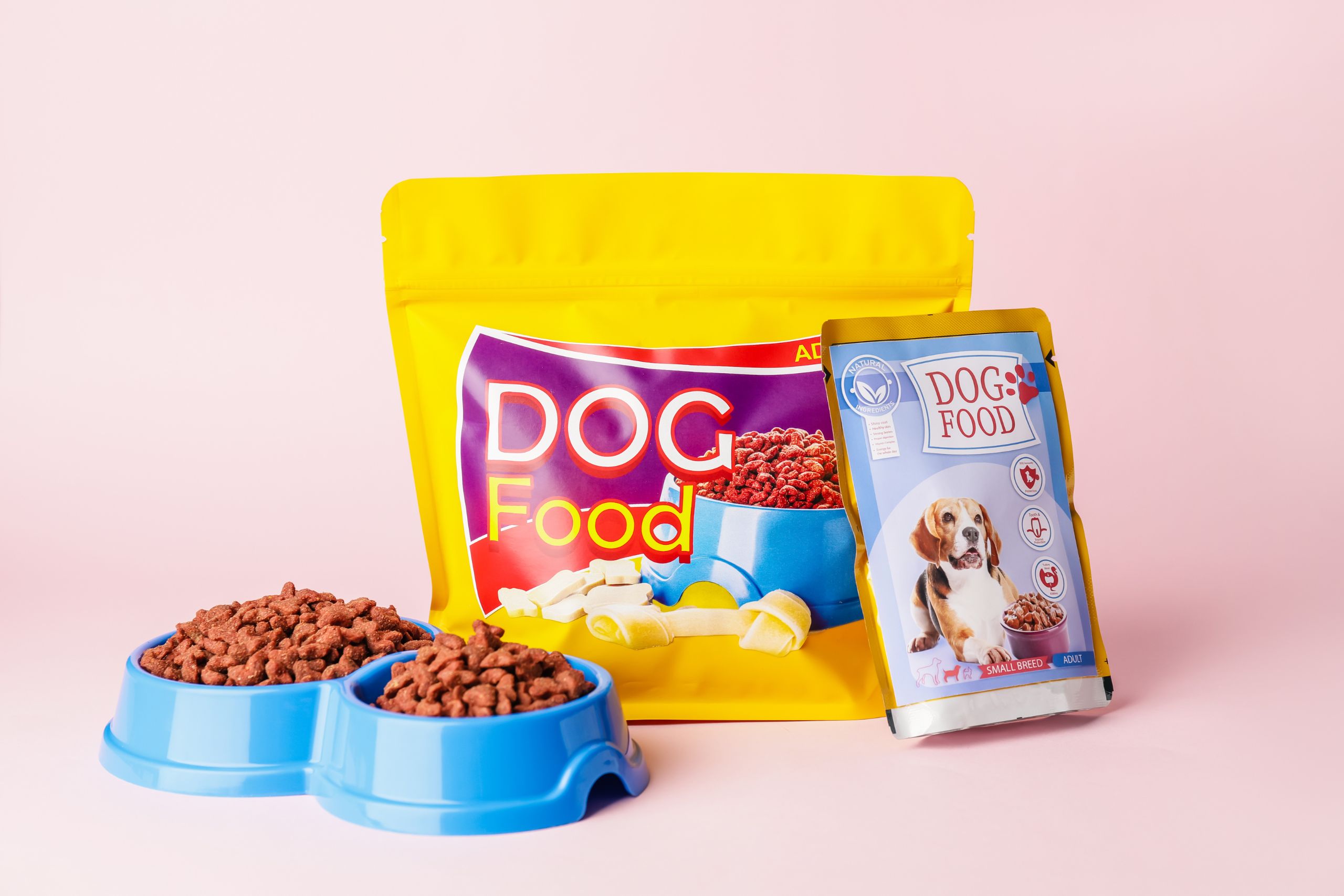Reflecting a change in how pet owners approach nutritional decisions for their animals, the rising attention on pet nutrition has become a major factor of general pet health. Growing knowledge of how diet affects pet well-being drives owners to pay more attention to the components in their pet food and their possible implications on health. From age to breed to health issues, this increased awareness has resulted in demand for better-quality, nutritionally balanced solutions that meet dogs’ particular requirements.
Emerging as major answers to changing customer preferences in the pet food sector are recent developments include clean labeling, raw and freeze-dried diets, and plant-based alternatives. These developments target common dietary issues, therefore enhancing general health in addition to meeting pet nutritional demands. Therefore, these developments help both dogs and their owners to have better and happier lives for dear friends.
Grain-Free and Limited Ingredient Diets
Grain-free pet food products provide alternative nutrition devoid of common allergens present in conventional grains, therefore meeting the requirements of dogs with allergies or sensitivity. These diets reduce the likelihood of negative responses by include fresh protein sources and healthy components most of which.
Limited ingredient diets, which minimize the probable allergens by employing fewer foods, emphasize simplicity most of the time. These diets emphasize a single protein and a limited variety of carbohydrate sources, therefore helping pet owners identify specific triggers for their animals. Apart from easier meal planning, the shortened ingredient lists aid in improved digestion.
Many pet owners are turning toward limited ingredient diets free of grains in pursuit of improved digestion and decreased health issues. These diets promise to lower symptoms connected to food sensitivity like skin irritations and stomach issues. Pet owners report their animals demonstrate higher overall well-being and energy levels after switching. Even as understanding of pet food components increases, discerning pet owners still find great appeal in grain-free and limited ingredient diets.

Raw and Fresh Food Diets for Pets
Pet diets based on raw and fresh foods center on using natural, unprocessed foods, closely matched to their traditional feeding patterns. Usually include raw meats, fruits, vegetables, and grains, these meals eliminate the preservatives and chemicals often present in conventional pet feeds. Proponents of the diet of wild ancestors think that pets may attain best health by following it.
Pet diets either fresh or raw have a lot of advantages. First of all, it usually results in better coat health as the premium fats and nutrients help to provide the look shinier and healthier. Second, many pet owners claim higher energy levels, which they link to the digestible, nutrient-dense character of raw and fresh diets. At last, these diets may improve digestion; many dogs have less gastrointestinal problems and higher quality of feces.
Reflecting the natural diets of pet ancestors, raw and fresh food diets give unprocessed components first priority. Pet owners trying to maximize the well-being of their friends will find the possible advantages—better coat health, more vitality, and improved digestion— attractive.
High-Protein and Ancestral Diets
Pet owners have become somewhat fond of high-protein meals for energetic and working animals. Rich in quality meats and animal-based proteins, these diets fit the ideas of ancestral diets stressing ideal health via natural nutrition. High-protein choices encourage muscle development by supplying the key amino acids active dogs need for recovery and development.
Pet owners see more and more how effectively high-protein meals support general well-being. Just a few benefits that draw pet owners to these dietary decisions include higher energy levels, better endurance, and better body composition. Many owners also think that giving their dogs a diet more like what their ancestors ate—mostly meat-based—may improve their health.
Pet owners feel accountable for making sure their animals get the best nutrition as they remain valuable members of the family. This change toward high-protein and ancestral diets shows a dedication to the health of their dogs as the correct diet may greatly affect their lifespan and quality of life.
Sustainable and Eco-Friendly Pet Food Options
The rise of environmentally friendly pet food firms indicates growing pet sector environmental sustainability concern. These businesses provide eco-friendly packaging and sources top importance among environmental impact-minimizing materials. Ingredients like insect protein and plant-based diets are growing in popularity as practical replacements for traditional meat sources. Apart from reducing the carbon footprint linked with the production of pet food, these sustainable decisions benefit biodiversity and conservation.
By choosing ecologically appropriate pet food, pet owners assist to enhance the environs and therefore lower resource consumption and greenhouse gas emissions. For instance, insect protein requires significantly less space and water than rising cattle. Moreover, plant-based diets might help to tackle environmental issues resulting from conventional livestock husbandry.
As people seek sustainable options for their animals more and more, the demand for ecologically friendly food alternatives most definitely will grow. The health benefits of this trend also complement more overall goals of environmental preservation for next generations of humans. The emergence of these artistic businesses suggests an optimistic change of the pet food industry, ergo sustainability is now a natural part of pet care.

Final Thought
As pet nutrition trends have increasingly emphasized their relevance, grain-free, raw, and limited-ingredient diets—which support better digestion, increased energy levels, and improved coat health—have become particularly significant. These trends support dogs’ greatest health and well-being as they provide whole meals and top focus is lack of fillers. Pet owners are advised to seek advice from veterinarians considering age, breed, and health issues to choose food that satisfies the particular nutritional needs of their animals. Since it directly affects their general vigor and lifespan, choosing quality, nutritious food is crucial to guarantee dogs enjoy healthy and happy life. Giving appropriate pet nutrition first priority helps owners promote not just their dogs’ physical health but also their enjoyment and quality of life.



